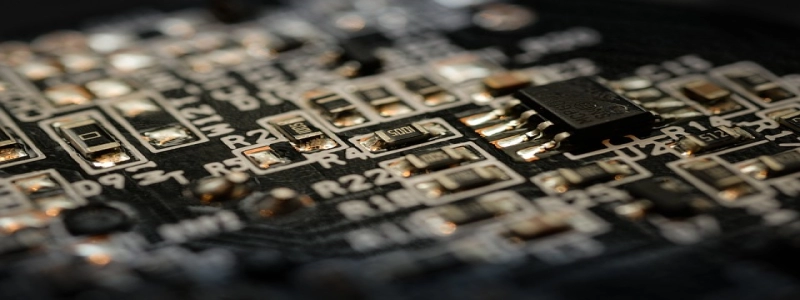Ethernet Flow Control
Introduction
In computer networking, flow control refers to the mechanisms used to manage the rate of data transmission between network devices. Ethernet, as the most widely used technology for local area network (LAN) environments, also incorporates flow control mechanisms to ensure optimal network performance. This article explores the concept of Ethernet flow control and its significance in managing data flow within Ethernet networks.
I. Understanding Ethernet Flow Control
Ethernet flow control is a method employed by Ethernet switches to regulate the transmission speed of data packets. It aims to prevent network congestion and to ensure that data is delivered efficiently. Flow control mechanisms operate by allowing network devices to signal each other when they are incapable of accepting further data, thus preventing data loss and improving overall network performance.
II. Types of Ethernet Flow Control
1. Pause Frames
The most common form of Ethernet flow control is the use of pause frames. Pause frames are special Ethernet frames that network devices, such as switches, send to their connected devices to instruct them to pause transmission temporarily. These frames contain control information specifying the duration of the pause.
2. Priority-based Flow Control (PFC)
PFC is a more advanced flow control mechanism introduced in the Ethernet standard IEEE 802.1Qbb. Unlike pause frames, PFC operates on a per-class basis. Each class of traffic is assigned a separate priority level, allowing devices to pause specific classes of traffic instead of all data. This granularity improves the efficiency of flow control in complex networks.
III. Benefits of Ethernet Flow Control
1. Prevention of Data Loss
By utilizing flow control mechanisms like pause frames, Ethernet networks can prevent data loss when network devices become congested. When a receiving device cannot process incoming data at its current rate, it sends a pause frame to notify the transmitting device, preventing packets from being dropped.
2. Minimization of Buffer Overflows
Flow control assists in reducing buffer overflows within network devices. By signaling devices to pause transmission, it helps avoid overwhelming the buffers and the resulting congestion. This buffering mechanism ensures that the network operates smoothly even during peak traffic periods.
3. Enhanced Network Performance
Ethernet flow control enhances network performance by allowing devices to regulate the flow of data packets. This regulation prevents congestion, minimizes packet loss, and maximizes network efficiency. This improvement is especially critical in scenarios where network traffic is unevenly distributed or where devices have varying data processing capabilities.
Conclusion
As the backbone of modern LAN environments, Ethernet networks rely on flow control mechanisms to manage data flow effectively. Whether through the use of pause frames or more advanced techniques like PFC, Ethernet flow control ensures that network devices can communicate efficiently, minimizing data loss and maximizing network performance. Its significance cannot be overlooked, highlighting the ongoing importance of flow control in the ever-growing digital landscape.








